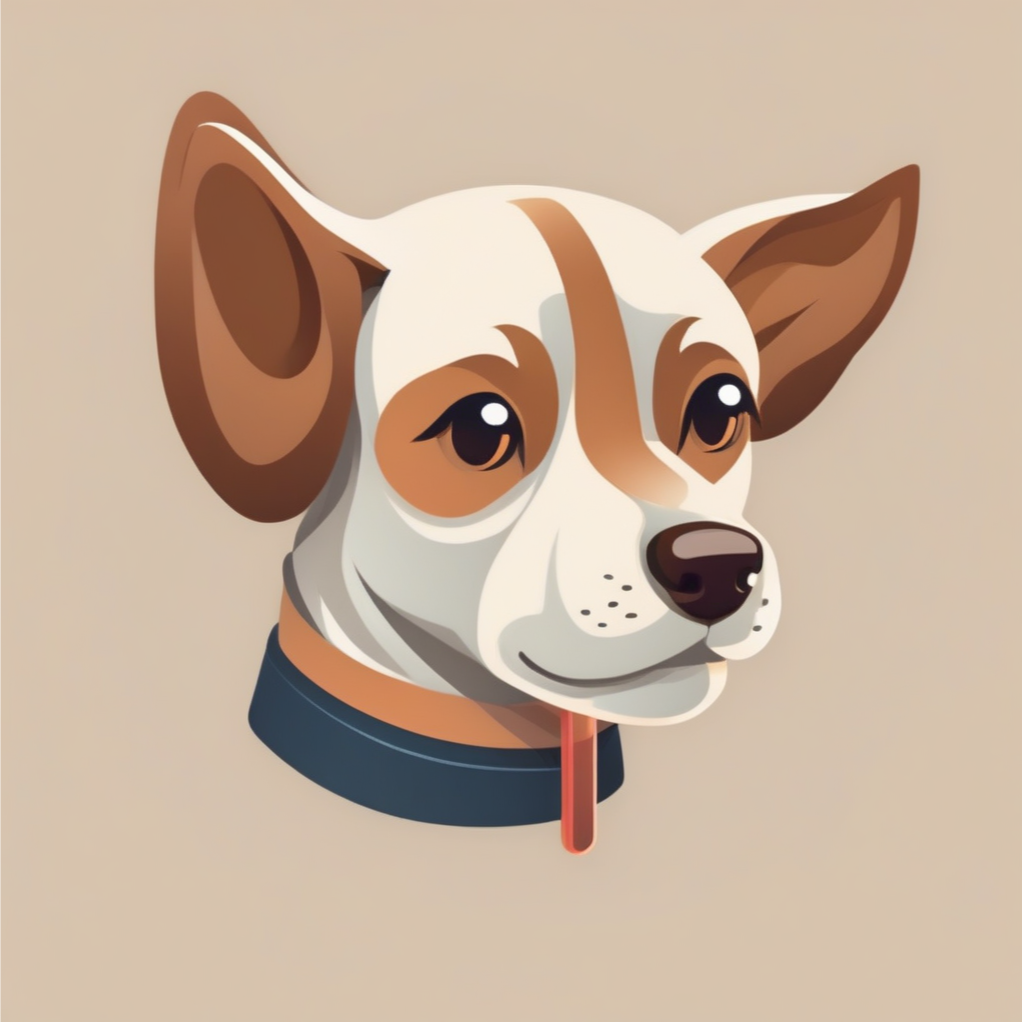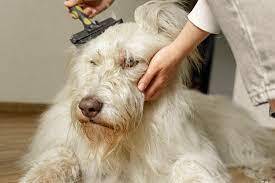Step into the realm of Dog Grooming Excellence, where the art of hand stripping elevates the grooming experience beyond the ordinary. Embrace a natural and healthy approach for your beloved canine companions.
What is Hand Stripping?
Hand stripping is the process of excess dead topcoat, without clipping, leaving room for the new coat to grow and giving a more natural look. It keeps the dog’s coat tidy and healthy, leaving it strong and shiny. It is done by plucking/pulling the hairs out in the direction of growth.
Picture this: the artful process of gently plucking away the excess dead topcoat, allowing the new one to flourish. No clippers in sight, just the skilled hands working in harmony with the dog’s natural growth cycle. It’s not just grooming; it’s a ritual that leaves your furry friend looking naturally beautiful, their coat strong, and gleaming.
Now, let’s dive into the essence of Hand Stripping. It’s more than a grooming technique; it’s a dance with the dog’s coat growth cycle. As the coat reaches its maximum length, Hand Stripping ensures a seamless transition, making room for a fresh, vibrant coat. The Resting Phase is the opportune moment, where the old is gracefully plucked away, paving the way for the new to take its place.
And then there’s carding, a distinct process from Hand Stripping. Think of it as the meticulous removal of dead undercoat, a precursor to the finishing touches. A grooming symphony where tools like the Groom Professional Stripping Knife play a crucial role.
But which dogs crave the Hand Stripping experience? It’s not about the breed; it’s about the coat. Wiry coats take center stage, with terriers, Sporting, Hound, and Toy breeds stepping into the limelight. It’s about preserving the natural beauty encoded in their genes.
Now, the question arises: Hand Strip or Clip? The answer lies in what’s best for the dog’s skin and coat. Hand Stripping, a nod to nature, maintains a healthy coat, vibrant color, and essential protection. On the flip side, clipping may alter texture, volume, and color, leaving the coat soft and fluffy.
Equip yourself with the right tools—a dance partner for this grooming ballet. Knives, stones, finger condoms—each plays a vital role in this performance. And remember, the key is to work in harmony with the coat growth, always gentle, never painful.
Embark on this grooming journey with confidence. Small sections at a time, keep the skin taut, and follow the rhythm of growth. And if the dog protests, honesty prevails—clipping might be the kinder choice.
As the final act unfolds, finish with a spritz of Groom Professional Wondercoat Spray, a flourish of the brush, and behold the masterpiece—your dog, naturally beautiful, and ready to shine.
Frequently asked questions about Hand Stripping
- Is hand stripping painful for dogs? Hand stripping, when done properly, should not be painful for dogs. It involves gently pulling out the dead outer coat of wire-haired breeds. However, if not done carefully or if the dog has sensitive skin, it could cause discomfort. It’s crucial to use the right technique and tools to minimize any potential discomfort.
- How do you hand strip a dog for beginners? For beginners, start by selecting the right tools such as a stripping knife or stripping stone. Work in the direction of hair growth, gently plucking the dead hairs. Begin with a small area to help the dog get accustomed to the process. Take breaks, use positive reinforcement, and be patient. It’s advisable to seek guidance from experienced groomers or attend a training session.
- Can you hand strip a dog after it’s been clipped? Hand stripping is most effective on wiry-coated breeds, and it’s generally not recommended after clipping. Clipping can alter the texture of the coat, making hand stripping less effective. If you prefer hand stripping, it’s best to start when the dog is a puppy and maintain the practice throughout their life.
- Is a Furminator the same as hand stripping? No, a Furminator is not the same as hand stripping. A Furminator is a grooming tool designed to remove loose undercoat hair. It works well for certain breeds with dense undercoats, but it doesn’t address the specific needs of wire-haired breeds that benefit from hand stripping to maintain their characteristic coats.
- How often should you hand strip a dog? The frequency of hand stripping depends on the breed and individual dog. In general, hand stripping is done two to four times a year for wire-haired breeds to maintain their coat texture and appearance. However, the schedule may vary based on the dog’s activity level, living conditions, and the specific requirements of the breed.
- When should you not use a Furminator? A Furminator should not be used on dogs with short or smooth coats, as it may cause irritation or damage to the skin. Additionally, it’s not suitable for breeds that require hand stripping to maintain their wiry coats. If your dog has skin conditions or sensitivities, it’s advisable to consult with a veterinarian before using any grooming tool, including the Furminator.

